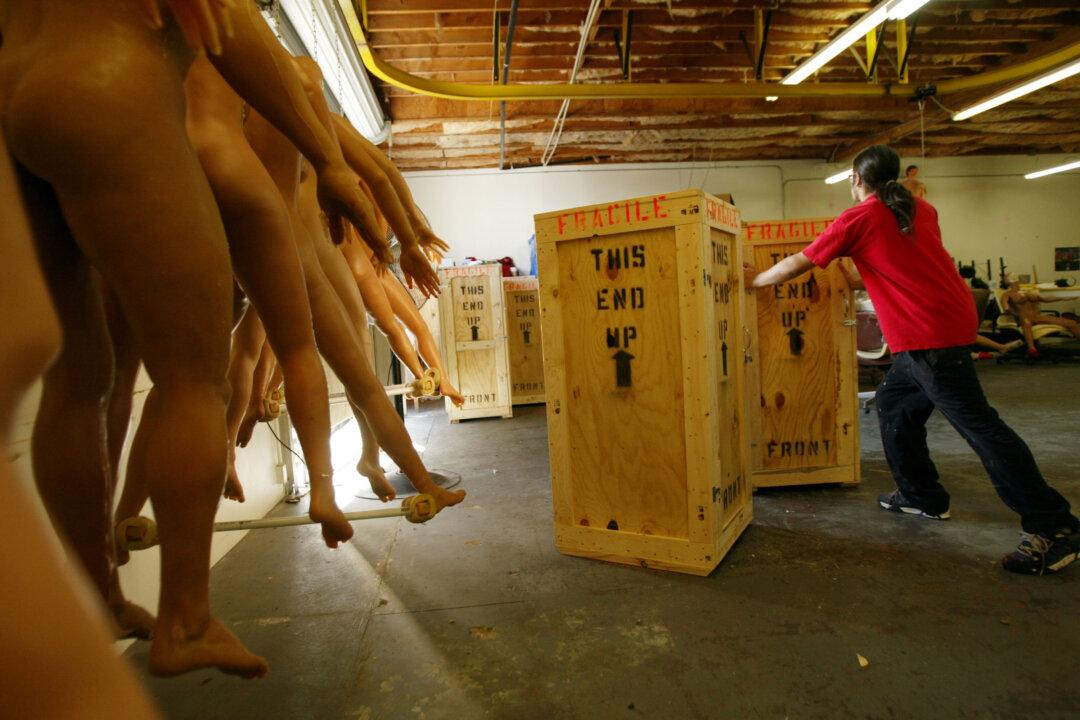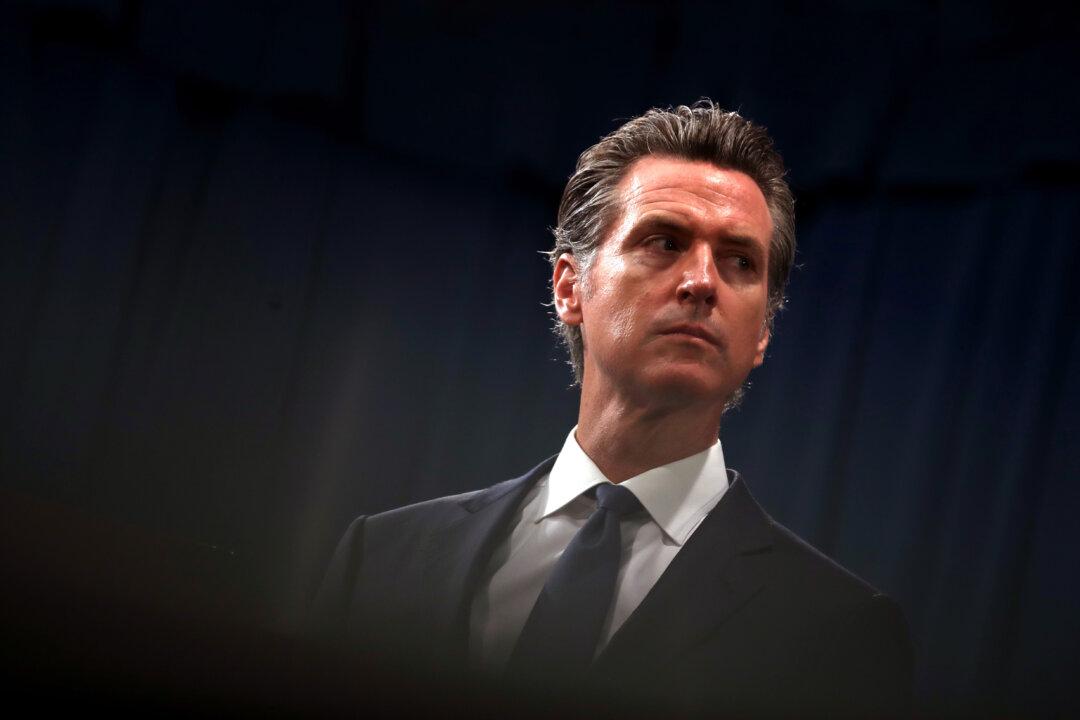Last June’s landmark Supreme Court decision, Janus v. AFSCME, which barred public sector unions from mandating the collection of dues from members, has been cutting into California public sector union funds.
In the eight months following the Janus decision in June, 48,598 California government employees stopped paying their union dues, according to a California Public Records request. However, if these teachers are no longer required to pay their dues, why are they not leaving in larger numbers? And how did the Supreme Court decision affect California’s unions in general?





